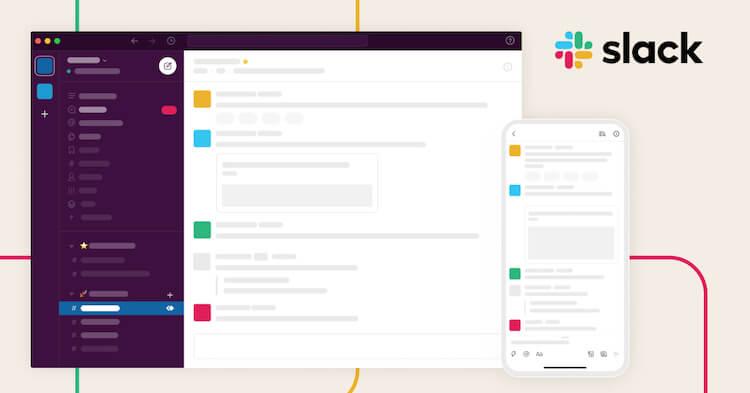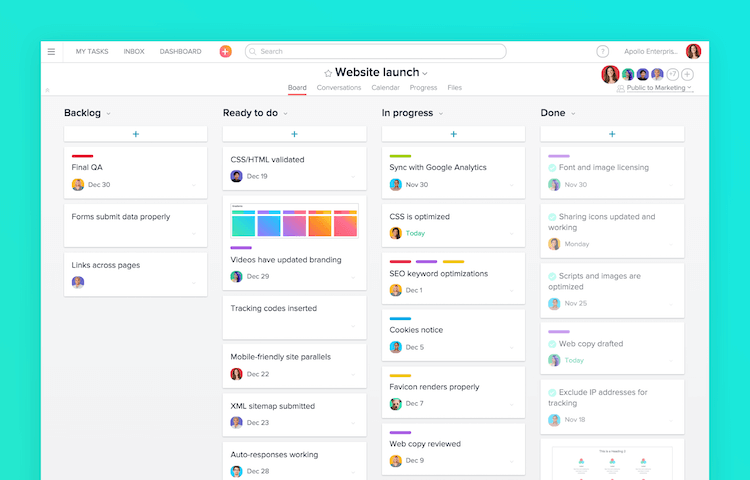Burnout can be a vicious cycle. Often, employees find themselves working day and night to meet a big deadline. After putting in hours of hard work, the end of a project comes as a relief. For a day or two, there’s a quick lull. And then… the process starts again.
It’s time we address workplace burnout. A culture of nonstop effort can have detrimental effects on employee well being. When pushed to their limit, employees can encounter emotional exhaustion and even damage to physical health.
However, being aware and attentive to the problem of burnout can be a big step in the right direction. And, with the implementation of a few simple and effective practices, managers can create a positive work environment that allows for a healthy work-life balance.
So, without further ado, here are the five best practices managers can implement to avoid employee burnout.

Former Zappos CEO Tony Hsieh, who has recently passed away, was a leader of the company culture frontier. [Image Source: joelgoldstein.com]
1. Maintain a Positive Company Culture
In the workplace, it is up to managers to set the company culture. Company culture can be described as the shared beliefs and values of a company; it can be seen in the way employees feel about their work as well as the expectations and attitudes of managers. Employee burnout can both be a byproduct and a sign of a negative culture.
Managers should establish a culture that prioritizes wellbeing.
If your workplace promotes non-stop effort as the norm, employees are bound to hit a wall. Cycles of long hours and project deadlines might work in the short term; however, over a long period of time, it is not realistic to ask employees to maintain such a workload.
Instead, to prevent burnout, it is essential that managers create a work environment that promotes the wellbeing of employees.
Here are some ways this can be done:
- Offer recognition for good work and reward employees for creativity.
- Promote balance. Be aware of employee workloads and ensure that they are reasonable.
- Provide time off when needed.
- Strive to provide employees with work they like and find rewarding.
For a more in-depth look into creating a positive company culture, check out this Kairos blog: How to Improve Your Company Culture With Maslow’s Hierarchy of Human Needs.

Image of the communication platform Slack. [Image Source: Slack.com]
2. Use Efficient and Effective Communication
Unclear communication can be frustrating. Without a proper understanding of expectations and instructions, employees have to work twice as hard to complete simple tasks.
By establishing efficient channels of communication, good managers can boost employee confidence and ensure that goals are met.
Instantaneous Communication Tools
Whether working remote or just in a very large office, face-to-face interaction is not always a viable option. If this is the case, there are many great communication tools your team can use!
- Slack
Slack is a popular messaging platform among businesses and organizations. Over the Slack app and website, members can send direct and public messages. Slack also has the option to connect to additional applications, like Dropbox and Zoom.
- Microsoft Teams
Microsoft Teams is a communication platform that offers features like video calling, instant messaging, file sharing, amongst others. One notable feature of Microsoft Teams is its ability to allow members to simultaneously collaborate on documents.
- Google Workspace
Google Workspace, formerly G Suite, is more than just an email application. With tools like Google Chat, Meet, Drive, Calendar, and, of course, Gmail, it satisfies all your business communication needs in one place.
- Zoom
Zoom is a video communication platform in which users can host video calls and meetings. The service also has a plethora of meeting features, like polls, virtual hand raising, and breakout rooms.
While using email can create delay and inbox clutter, each of the platforms above offers instant and organized channels of interaction. Overall, team communication tools are a great option for managers who want to improve the quality of their communication.
See also: 5 Tips for Improving Your Work-From-Home Environment

Image of project management platform Asana. [Image Source: blog.asana.com]
3. Promote Organization
With multiple employees working on different projects and tasks, it can be hard to keep track of who’s doing what, and when. It’s no secret that having a disorganized workload will decrease efficiency and increase stress. To prevent burnout, it is crucial that managers prioritize time management and establish organized systems of project management.
The best way to do this? Using one of the many tools that allow employees to map out and manage projects.
Project Management Tools
Online project management platforms will help you keep track of employee projects and monitor workloads. These tools can be especially helpful when collaborating, as they allow members to see where others are at in their work process.
- Asana
Asana is a task management application and software developed by Facebook co-founder Dustin Moskovitz and software programmer Justin Rosenstein. Asana allows users within an organization to add and assign tasks to relevant members, plan schedules and deadlines, and create Kanban-boards to plot out workflows.
- Trello
Trello is a collaboration and management tool that can be accessed from any device. Similar to Asana, Trello allows organization members to track tasks by making lists, creating and assigning task “cards,” and plotting work processes on Kanban-boards. Trello also offers a function called Butler — a software that automates and organizes workflows according to user preferences.
By using these tools, employees can better prioritize goals and keep track of tasks.
See also: How Successful Leaders Manage Their Time

Two coworkers chatting at a table.
4. Offer Opportunities to Build Relationships
While “work is work,” that doesn’t mean it should be a time that employees dread. Workplace relationships and socialization can help create balance in employees’ work life.
When employees form positive relationships with coworkers and managers, they will ultimately have better experiences with collaboration and teamwork. Furthermore, by feeling part of a community, employees can feel more connected to their job and the company’s success.
Managers can play a big part in offering opportunities to facilitate camaraderie building. Here are some examples of opportunities for socialization that you can promote:
- Team Building Events
- Designated Chat Time
- Office Parties
- Happy Hours
Keep in mind, team communication is more than just talking to them about work-related projects. For an ideal work environment, it’s good for your employees to discuss any issues or problems that they’re running into, online or offline. This helps promote collaboration, leading to a healthier work environment.

Manager and employee sitting at their laptops at work and laughing.
5. Be There for Employees
According to Gallup, employees that strongly feel their manager supports them in their job are also 70% less likely to consistently experience burnout.
Without support and encouragement, employees may find that challenges at work become intensified. If managers fail to be mindful of their needs, employees will feel alone and helpless in their circumstances.
To ensure that your employees receive the support they require, be attentive to their needs and goals.
Make sure to listen to their problems and requests; promote a relationship of trust. If an employee is experiencing any difficulty in their work or personal life, empathize with their situation.
When possible, be flexible. If an employee works best earlier in the day, provide them with hours that match this. If an employee is struggling with mental health, provide them with time off. By playing to employees’ situations, you can help alleviate stress.
Mentor your employees
By offering guidance, managers can help employees build the skills necessary to create balance in work. Outside of meetings, offer time to employees to chat. Help them set goals and recognize areas to improve. Give advice on time management and productivity.
And most importantly, practice what you preach. Set an example for employees by prioritizing self-care and wellbeing at work.
Conclusion
Employee wellbeing is essential to the success and growth of a business. Without engaged and motivated workers, companies lose their most important asset. With the right practices, managers can create a healthy environment that better combats burnout, setting their company on the right path.
This post was originally published Dec 9, 2020 and updated on May 11th, 2023.

Leave a Reply
You must belogged in to post a comment.